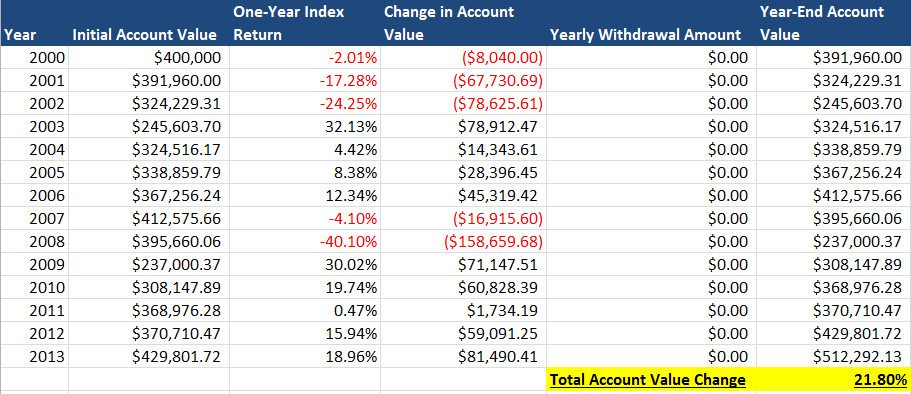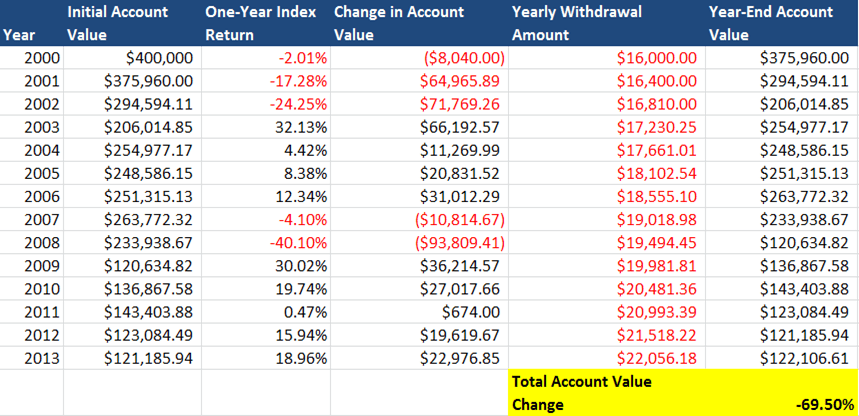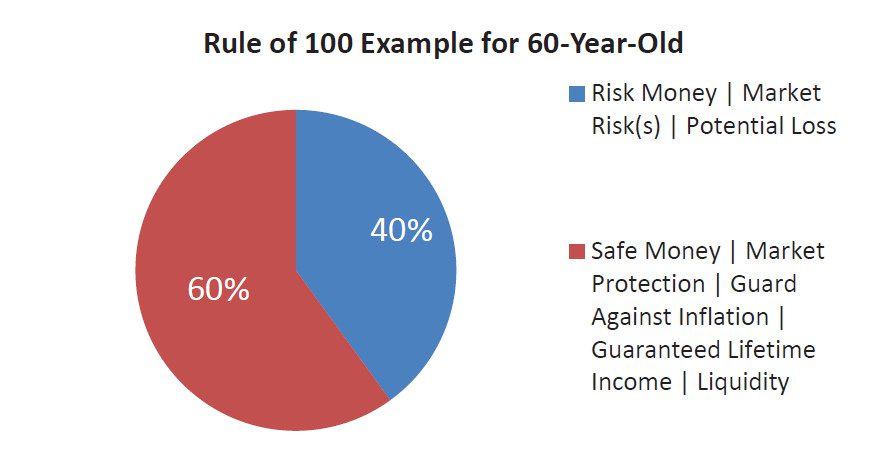Diversification and Its Role in Retirement Planning

Chances are you know the concept of asset allocation. As Forbes contributor Mitch Tuchman puts it, asset allocation is the “collection of investments you own,” depending on your risk tolerance and your desire for potential investment returns.
In the investing world, it is a strategy of apportioning assets to achieve a strategic balance of potential risks and returns that is right for an individual investor.
What Does That Have to Do with Retirement Planning?
That’s all good and fun, you may say. But what does that have to do with retirement planning?
Well, from a planning standpoint, plenty. It is the same question of deciding how to allocate a retirement portfolio.
But in this case, decisions revolve around striking a balance between managing potential risks and achieving desired retirement outcomes, like income certainty, wealth protection, or other goals. In financial lexicon, this strategy is known as “diversification.”
When it comes to retirement planning, diversification is arguably an essential part of a successful retirement strategy. But why?
Diversification: a Potential Dealbreaker for Retirement Income Security
Why make this claim? Let’s examine it in how it could affect retirement income planning success.
Generally speaking, financial professionals talk about diversification in two ways: in terms of portfolio asset allocation, and how this is tailored to your goals, tolerance for market risk, and time horizon.
However, these conversations often frame diversification in terms of potential returns and potential effects on an overall portfolio – terms which relate to asset values and investment planning.
Retirement income planning is completely different from investment planning. So how would diversification play out from an income perspective?
In a word or two, income certainty. After all, income planning is the process of taking amassed assets and mapping out how they can be used for income streams in retirement.
It’s All About the Income
If a retirement portfolio takes a hit from a market downturn, falling bond values, or suffers losses due to another event – that means reduced wealth which can be used for income.
Depending on someone’s personal variables – their goals, risk tolerance, and time horizon – you can see how an asset allocation of “risky” and “safe” instruments can affect future income possibilities.
Market Volatility and Its Effects on Retirement Income
Consider the numbers below. “Investor A” has a retirement account with $400,000. Say it’s the year 2000 and she has a planning horizon of 13 years.
At that point she will make important decisions about how to use her account money for retirement goals.

Source: Internal content by associates at SafeMoney.com. All rights reserved.
Looking at the effects of market volatility over this 13-year span, her account value goes up to only $512,292 – a 21.8% increase. You may ask why we include this illustration during the near-retirement accumulation phase.
It’s as a starting point. The effects of market volatility on what can be a future income source are more distinct in our next illustration, which includes account withdrawals.
Now consider the situation of “Investor B.” He retired in 2000, starting with a 4% withdrawal strategy per year and instituting a 2.5% cost-of-living adjustment rate to account for inflation effects.
Between down-market effects and withdrawals over time for income, this account can be quickly depleted.

Source: Internal content by associates at SafeMoney.com. All rights reserved.
In sum, the net account value change, market volatility, and withdrawal effects factored in, is -69.5%. This is a small illustration of how market volatility could put income certainty at jeopardy.
So, with that said, what would diversification look like in terms of asset allocation – specifically for balancing risks and keeping assets safe and intact for retirement goals?
The Rule of 100
One way to look at this is with the Rule of 100.
To be clear, any financial decisions, and any retirement recommendations for that matter, should be tailored to your complete financial picture. They should align well with your objectives, goals, needs, risk tolerance, time horizon, liquidity needs, and other important retirement markers.
With that said, the Rule of 100 assumes someone will live to age 100. Simply put, you take your age and subtract it from 100. The resulting difference gives a suggestion as to the maximum proportion of your portfolio you may have exposed to market risk.
For example, say someone is age 60. 100 – 60 = 40, so 60% of a retirement portfolio would be in conservative vehicles, liquid assets for liquidity needs, and 40% would be in the market to optimize long-term financial security. So 60% would encompass the “safe portion percentage” of the asset allocation mix.

Source: Internal Content by Associates at SafeMoney.com. All rights reserved.
Over time, this proportion of safe to risky holdings could be rebalanced based on someone’s age and the level of market risk suitable for them.
Keep in mind this is a general rule of thumb. Any decisions of diversification should be made after a careful, fact-finding analysis of someone’s financial picture.
Protect Your Retirement with Proactive Planning
Because of market volatility, lingering low interest rates at present, and other variables, many Americans want guarantees in their retirement plans. Protections like assuring monthly income, keeping wealth safe and intact, generating income for a loved one once they have passed, or preserving wealth for legacy goals.
At SafeMoney.com, you can connect with an independent financial professional and discover safe financial options for your retirement planning objectives.
Use our “Find a Financial Professional” section to connect directly with someone. You can request a personal strategy session to discuss your needs and goals. Should you have any questions or need a personal referral, please call us at 877.476.9723.








